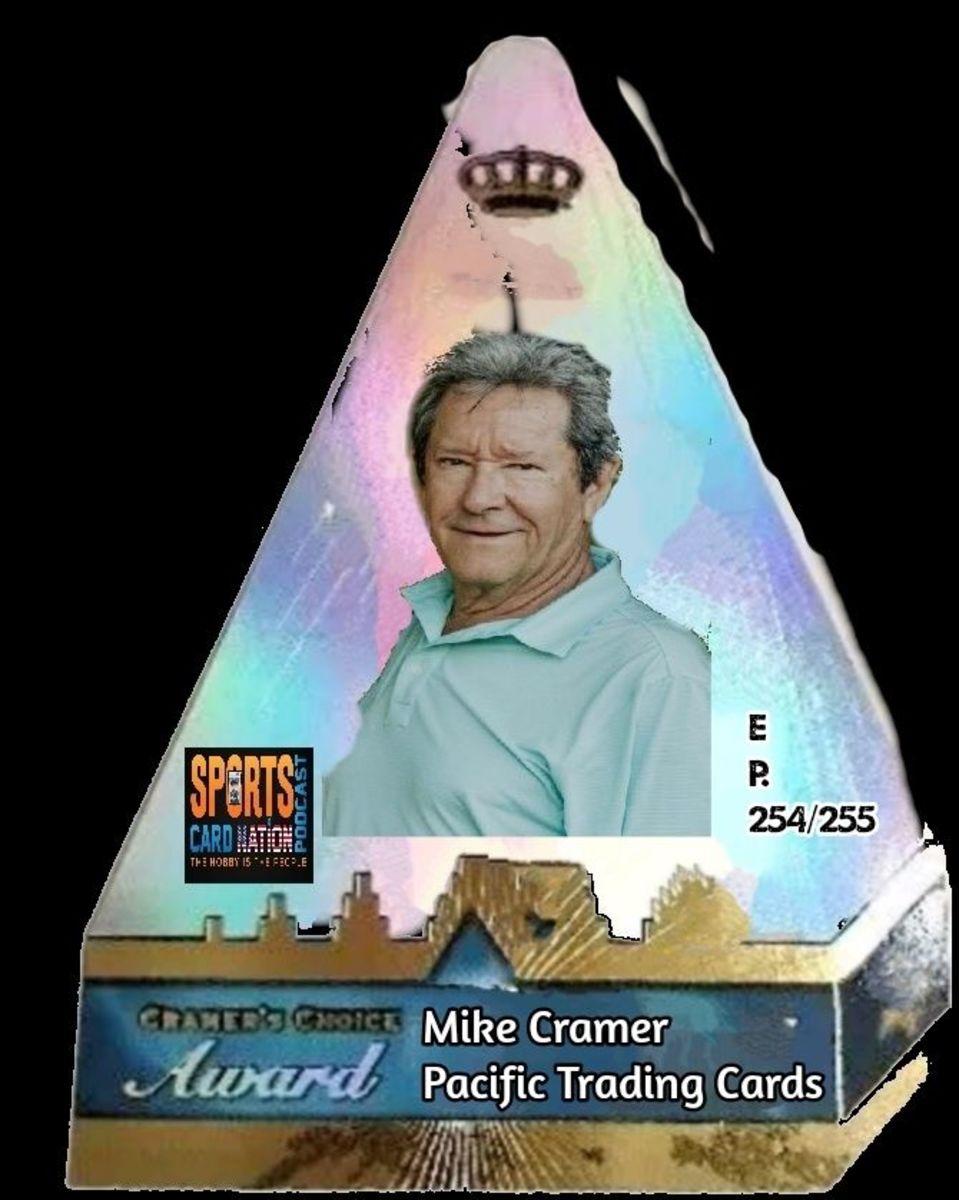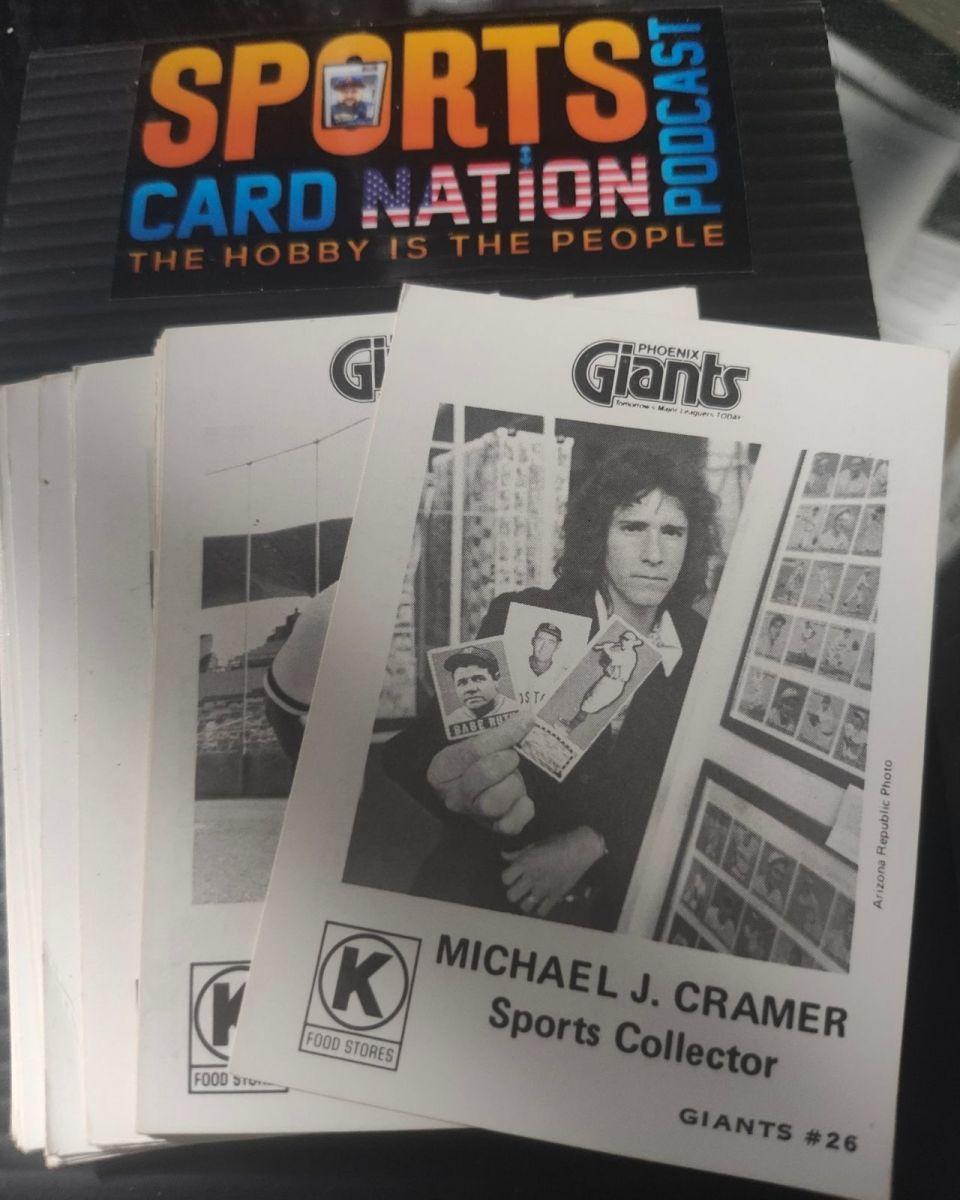- Coins
- Sports
- Cars
- Military
- Antiques
- Americana
- Antique Advertising
- Art
- Banks
- Books
- Bottles
- Clocks & Watches
- Coca-Cola
- Comic Books & Art
- Contemporary Collectibles
- Dolls
- Ephemera
- Folk Art
- Furniture
- Glass & Ceramics
- Hardware
- Holidays
- Jewelry
- Kitchen
- Lighting
- Luxury Items
- Movies Entertainment
- Music
- Petroliana
- Photography
- Postcards & Photography
- Posters (Movie/Music/Travel)
- Pottery & Porcelain
- Silver
- Tools
- Toys & Games
- Video Games
- Vintage Fashion
- Records
- Articles
- Events
How Mike Cramer’s Pacific Trading Cards changed the hobby
Tips and tricks to make your hobby
more fulfilling, exciting and fun.
more fulfilling, exciting and fun.

Mike Cramer’s Pacific Trading Cards shook up the sports card industry in the 1990s, launching many of the innovations that collectors see in modern cards today.
By John Newman
Sometimes, when something happens, you don’t immediately realize the long-term significance of it. It’s not until years later that the reality of the impact really reveals itself.
The innovation in the 1990s by Mike Cramer of Pacific Trading Cards fits that description aptly.
I recently had Mike on Sports Card Nation on episodes 254 and 255, but before I did, I read an advance copy of his new book “Cramer’s Choice,” which I highly recommend, by the way.
While I knew quite a bit about Mike and his company, the biography was a great behind-the-scenes look at the rise of a little sports card company that could into one that took on the big boys and competed. Cramer and his company led with new innovations and new techniques and, in many instances, were willing to take even bigger risks than the longstanding companies.
Newman: I bought Mickey Mantle’s boyhood home (sort of)
Mike was a collector from a very young age and amassed a decent-size collection, which was almost lost a few times (read the book for those crazy details). He ventured into the business side of collecting by launching one of the hobby’s first mail-order card businesses — one that his wife, Cheryl, helped run while Mike was away in Alaska working in the crab-fishing industry.
Mike has an incredible knack for looking ahead and thinking outside the box. It was that forward-thinking that led to him connecting with a Topps rep and purchasing some of the company’s backstock and unsold products. It was a wise decision that propelled his mail-order card business to the next level.
In 1975, he threw his hat into card production when he produced the team set for the 1975 Phoenix Giants minor league team.

In 1975 Mike Cramer produced a team card set for the 1975 Phoenix Giants minor league team.
Sports Card Nation
That, in turn, led to other minor league teams wanting him to produce their sets, and it also got Mike thinking bigger about producing professional trading cards. That was the catalyst for forming Pacific Trading Cards. The king crab industry provided the early funding for the launch, but it wouldn’t be long before Pacific became a major player in the card industry, and Mike would eventually retire his “sea legs.”
Pacific started small, and Mike was very hands-on. Whether it was finding or fixing a machine, design, production, etc., it saved the company money but also allowed it to grow faster, too. Mike’s collector mind aided the company when it came to card design as he made cards that were aesthetically pleasing to him, knowing that if he liked how they looked, collectors would too.
Die-cuts, foils, and parallels shook up the card industry. Collectors were taking notice, and the competing companies were as well. He was pushing the industry forward. As I mentioned earlier, Mike was a risk-taker. A risk he took in 1993 was one of his biggest accomplishments.
The hobby had never seen a one-card pack product with a high price point, and in football nonetheless! The 1993 Pacific Prism Football set, which featured prismatic foil and lots of it, hit shelves and was an overwhelming success. Trust me, I had it at my store at the time, and I opened plenty and sold plenty, and, as most reading this know, the brand is still thriving 30 years later under the Panini umbrella.
Much of what we see in the hobby today is in part due to Mike’s forward-thinking and collector’s mindset. The hobby is in a better place thanks to his contributions.
— John Newman is a collector, dealer, and the host of the Sports Card Nation podcast. Catch his Hobby Quick Hits on Monday and his guest interviews on Friday on your favorite podcast platform. You can reach him at sportscardnationpc@gmail.com or on Twitter at @ sportscardnati1
